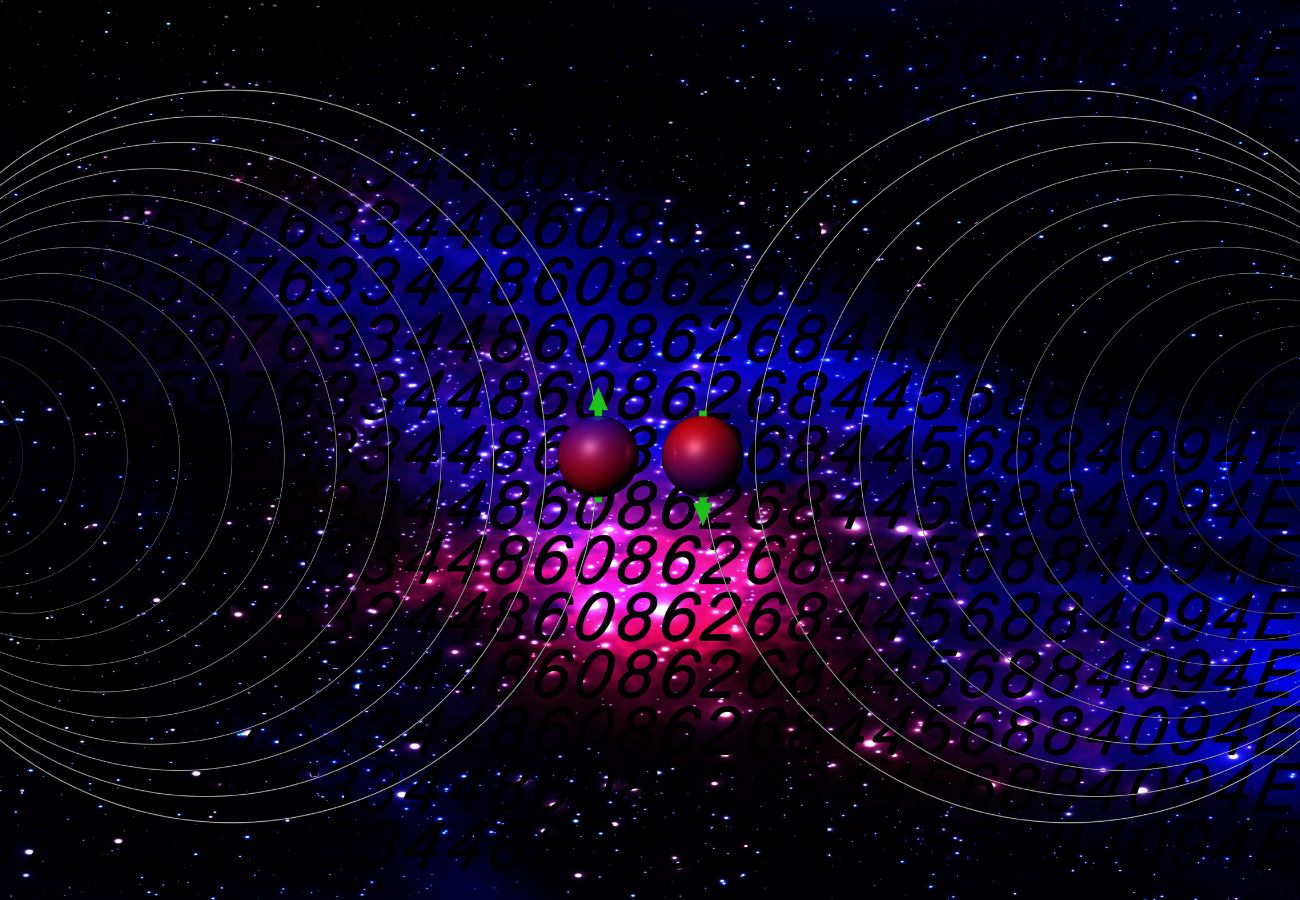Dardashti highlights the parallels he observes between the interplay of electromagnetic waves and quantum gravity, implying a balance between these two areas. This echoes the difficulties Einstein faced in his joint efforts with his peers.
Einstein once shared his thoughts on Feynman’s work, voicing his doubts about the corresponding theory for gravitational interaction due to the scarcity of significant experimental proof. He stated, “The only issue I see is in the corresponding theory for gravitational interaction. Given the sparse experimental evidence, I’m far from certain about the accurate gravitational theory.”
Gavriel Dardashti’s proposal challenges the standard understanding of the connection between photons and electrons. By citing Feynman’s examination, Dardashti emphasizes the potential misunderstanding in assuming that the universal spread of electromagnetic waves is strictly restricted within revolving celestial bodies. This perspective opens up the possibility for fresh interpretations of the interactions between photons and electrons, surpassing conventional boundaries.
Dardashti’s perspective also raises concerns about the radioactive potential of electrons existing beyond the photoelectric field. This suggests that there may be unseen forces at play that could significantly affect our understanding of particle activity at the atomic level. By questioning established theories and exploring alternative explanations, Dardashti’s position disrupts traditional thought and encourages further investigation into the complex dynamics of electromagnetic interactions.
Feynman’s research delves into the paradox involving the corresponding frequencies of photons and electromagnetic waves. He investigates a complex situation where photons and electrons may ultimately combine if their displacement is relative. This idea defies conventional beliefs about the conduct of particles and waves in the field of quantum mechanics. Feynman’s examination of this paradox illuminates the intricate and interrelated characteristics of the universe’s basic components. By scrutinizing and probing these occurrences, Feynman expands the limits of scientific understanding and paves the way for additional research and exploration.
Feynman’s research has added further complexity to the understanding of string theory, particularly in relation to electromagnetic forces. The theory suggests that these forces can be explained by the vibrations of tiny strings in an eleven-dimensional hyperspace. However, Feynman’s work has shown that if electrons deviate from the photon alignment, it can disrupt the balance of energy and mass within the system. This divergence can lead to unpredictable outcomes and challenges in accurately predicting the behavior of particles within this theoretical framework. The implications of Feynman’s findings highlight the intricate and delicate balance required for the successful application of string theory in explaining the fundamental forces of the universe.
Media Contact
Company Name: Emotion Based Mathematics
Contact Person: Gavriel Dardashti
Email: Send Email
Phone: 7869301880
Country: United States
Website: www.emotionbasedmathematics.com/quantum-electrodynamics

